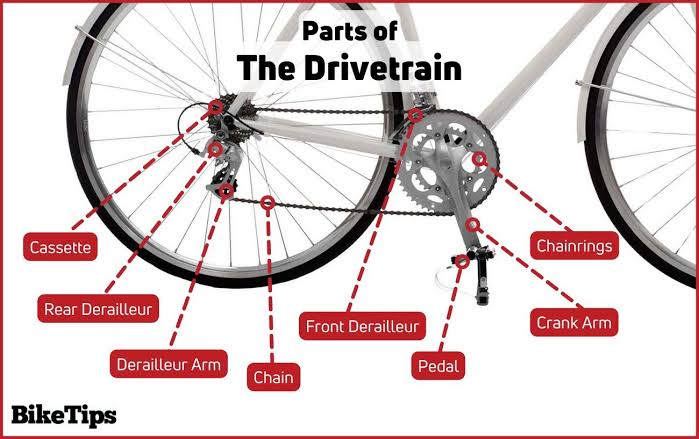Your vehicle requires many different components to ensure it’s ready for the road. Perhaps one of the most important ones is the drivetrain. Without it, there would be no transfer of energy to your car’s wheels and you’d be going nowhere fast. Understanding how your drivetrain works is essential if you want to be a knowledgeable car owner.
Types of Drivetrain Layouts
Even if you don’t realize it, you likely already know the different types of drivetrain layouts: all-wheel drive, four-wheel drive, front-wheel drive, and rear-wheel drive. All-wheel drive applies power to all four wheels to create more traction on the pavement and engages automatically. Four-wheel drive powers all four wheels as well but are more suited for off-roading and other rough terrains. Front-wheel drive transfer power to the front wheels. The components are usually smaller and fuel-efficient, which makes them a popular option. Finally, rear-wheel drive powers the back wheels and provides better traction during acceleration.
Parts of the Drivetrain System
The drivetrain system has many different parts that ensure it works the way it should.
- Axle Shafts – Located on either side of the vehicle, these provide power to the rear drive wheels.
- CV Joint – This joint bends in any direction to help the axle move with the wheel. They’re most common in front-wheel drive vehicles.
- Differential – This is the housing that holds the axle gears and provides equal power to each wheel.
- Driveshaft – This cylinder connects the U-joints on transmissions to each other so torque is provided for the wheels.
- Transmission – This transfers power to the wheels from the engine as well as ensures gear shifting works properly. There is a wide range of high-performance transmissions on the market.
- U-Joint – This flexible point on the driveshaft allows it to pivot as needed when the car is on bumpy terrain.
Each and every one of these components is vital to ensure that your drivetrain works properly and your car can take you places.
How It All Works
The drivetrain works differently in rear-wheel drive vehicles than it does in front-wheel drive vehicles. In RWDs, the job starts with a transmission, such as the Zumbrota transmission, controlling the power that travels to the wheels. To help the transmission control that power, the tube-shaped driveshaft spins rapidly. This sends the power to the rear differential, which then sends it to the rear axles, and finally, to the wheels.
As you might have guessed, an FWD vehicle houses all of its activity in the front. Because of this, it doesn’t use a driveshaft. Instead, FWD uses a transaxle, which is an axle and a transmission that shares the same housing to do its work and ensure the wheels have power.
Your car’s drivetrain is essential for getting you on the road. If you intend to work on it at home, you’ll need the best tools for garage to ensure the job is done right. If you take your car to an automotive shop, always ensure the shop is licensed, insured, and reputable.







